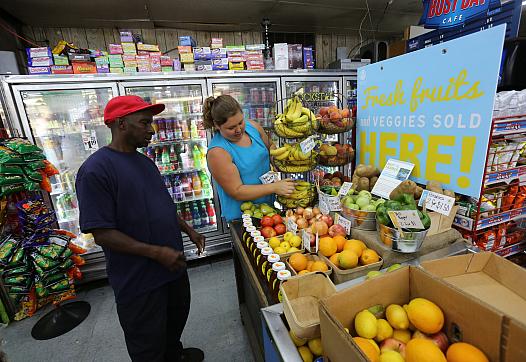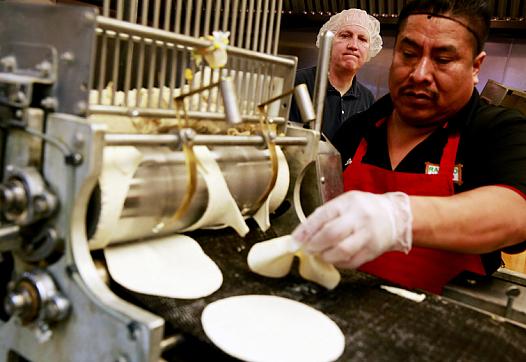
“If you’re not able to provide food, it makes it difficult to feel like you’re living a dignified life,” researcher Darcy Freedman said. “It’s a basic need and the mental health implications are very real. ‘If I can’t provide food for my kids or partner, who am I?’”








